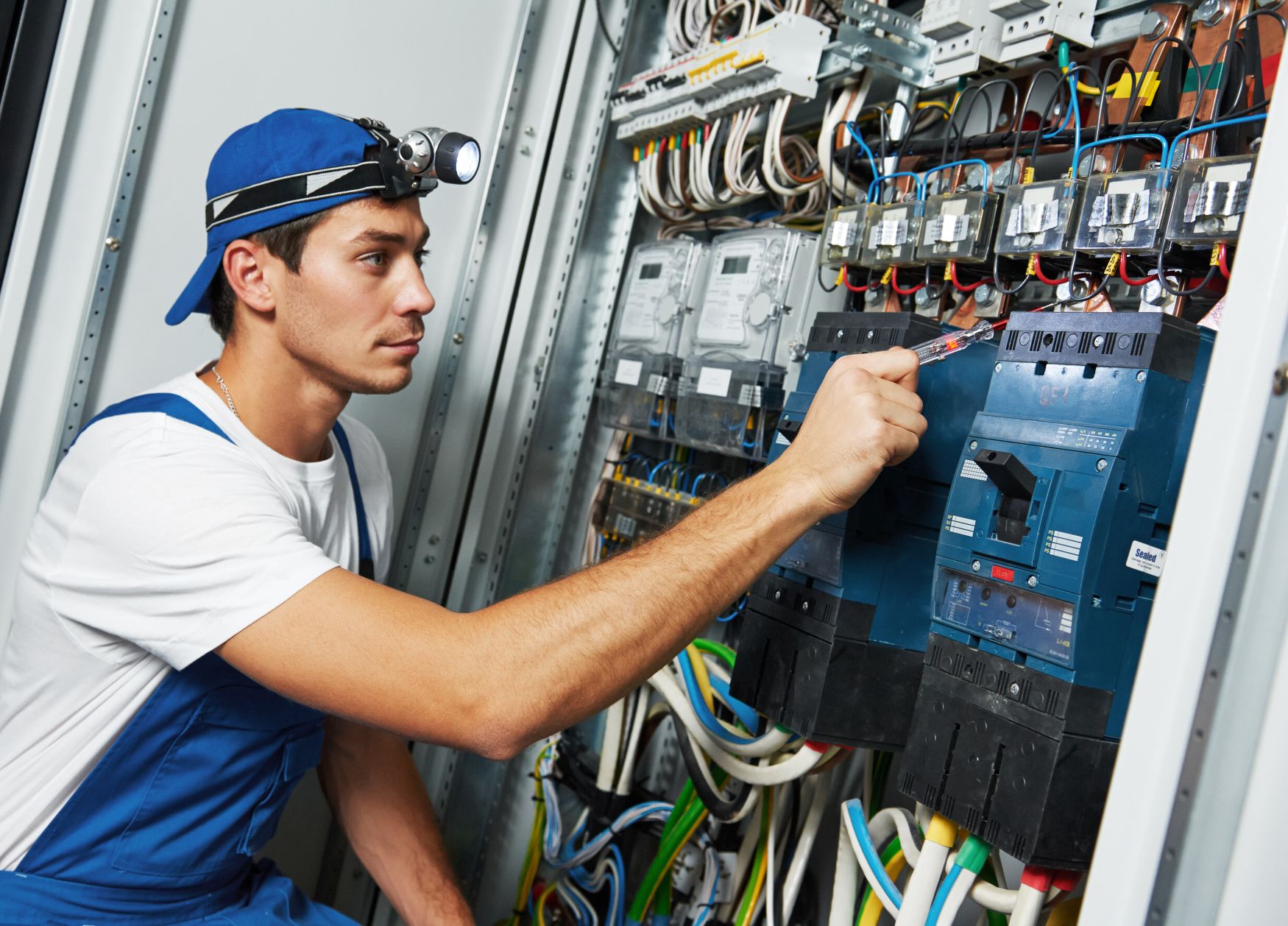Understand Energy Efficiency Ratings to Help The Environment
Today, with global warming reaching alarming levels, it is each and every individual's duty and obligation to do as much as they can towards reducing it. Each person can easily contribute. They just need a little perseverance and will to do his / or her own part in tackling the issue, starting with their home.
Yes, you got it right. Start the revolution at your own home by opting for energy-efficient heating and cooling devices that emit relatively lesser greenhouse gases. This approach will mark your efforts in saving the environment and at the same time, save you big bucks.
So, how do you go about finding these energy-smart cooling and heating products? Consumers can easily identify these products by determining their energy efficiency ratings. This article aims at educating readers in this field.
First and foremost, you need to know that energy efficiency of a cooling or heating device is calculated by its annual fuel utilization efficiency (AFUE). This is measured by the percentage of energy used that is actually returned to your house as warm air. Today's energy-efficient forced-air furnaces generally have an AFUE of 93.2. This means that on every dollar spent on heating energy, your house gets back 93.2% in the form of warmth.
Hence, if you have furnaces with AFUE of less that 60%, you should upgrade them to high-efficiency models. This can reduce your monthly electricity bill by up to 40%. To find out the AFUE ratings of a particular product, you simply need to look at the yellow-black guidebook of the product.
Now that was about forced-air furnaces. What are you supposed to do when it comes to determining the energy efficiency of cooling devices? Well, the answer is check out for the air conditioner's seasonal energy efficiency ratio (SEER). SEER is derived when the cooling output is divided by power consumption, after factoring in the other variables such as climate. The higher the air conditioner's SEER, the better it is for the appliance. A SEER of 10 is ideal for an energy-efficient device. Like AFUE, SEER can also be located in the yellow-black guidebook.
To ensure that the electronic device that you have set your eyes on is highly energy-efficient, check for an EnergyStar logo on it. These products generally exceed the standards of minimum federal energy use. EnergyStar has thousands of products starting from basic water heaters to high-tech computers.
Doing your part in identifing energy-efficient products and replacing non-efficient appliances is not only eco-friendly, but will save you money every month. As they say, one good deed deserves another.
Category: Const - Electrical
Related Articles
- Electrical Wiring Basics for do it yourselfers
- Electrical Wire Color Codes - What Do They Mean
- The Four Methods For Home Energy Savings
- Electrician Hourly Wages - What is the Salary Range
- The Best Way To Choose the Best Electrician
- Common Electrical Problems in the Home
- How To Find A Good Electrician
- Save Energy and Save Money
- Qualifications Needed to Become an Electrician
- How to Save Money on my Electric Bill
- Finding the Best Residential Energy Rates
- 12 Things Electricians want you to know
- Electric Energy A Geothermal Heat Pump Can Help You Save Money On Electric Energy Costs
- Are Electricians Expensive What do They Charge Per Hour
Business News
Popular Posts
- Universal Pursuit of Happiness - Wisdom from World Religions
- Overcoming Ego and Self-Centeredness - Lessons from World Religions
- Transcending Materialism - Spiritual Practices from World Religions
- Overcoming Prejudice and Intolerance - Guidance from Global Faiths
- How Mind Balance Can Improve the Mindsets of Employees
- Interfaith Insights by 1WorldPeace - The Top 100 Universal Beliefs in Global Spirituality
- Bridging Beliefs - Finding Common Ground in Love and Respect
- The SmartGuy Vision - A United Future Through Interfaith Love and Respect
- A Cautionary Vision - The Grim Future of a Divided World Without Love and Balance
- A Tapestry of Faiths - Exploring the Common Threads in World Religions
- Fostering Harmony Among Christianity Islam Buddhism Hinduism and Judaism
- Preparing Kids for Adulthood - 15 Vital Skills They Wont Learn in School
- Navigating Diversity - Jerusalem's Tactical Approach to Interfaith Harmony
- Clearing Mental Plaque: The Path to Enhanced Communication and Divine Connection
- Why Return to Jesus Christ and the Church
- Top 50 Ways to Live Longer
- Adventurous Romance -The Key to Enhancing Relationship Chemistry
- Pork Tenderloin with Mustard Cream Sauce
- Navigating Technology and Media for Optimal Mental Well-Being
- Understanding the Link Between Mental Health and Substance Abuse
